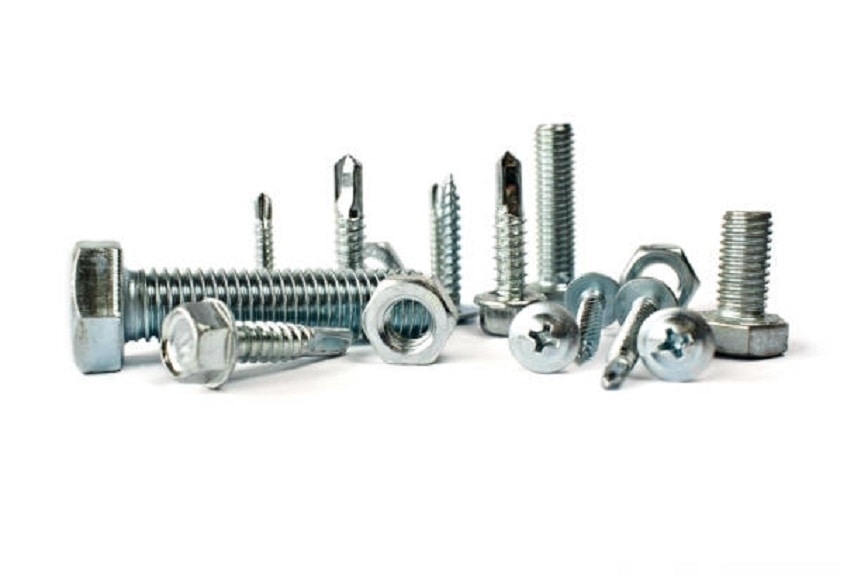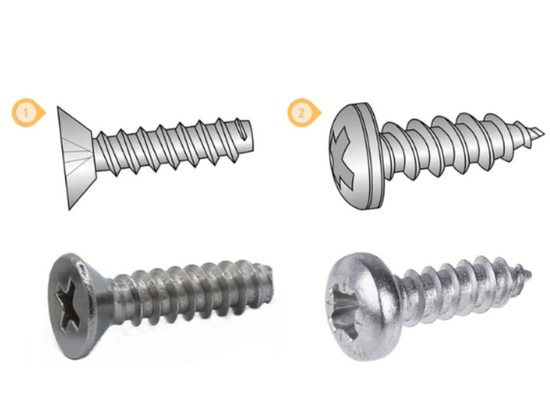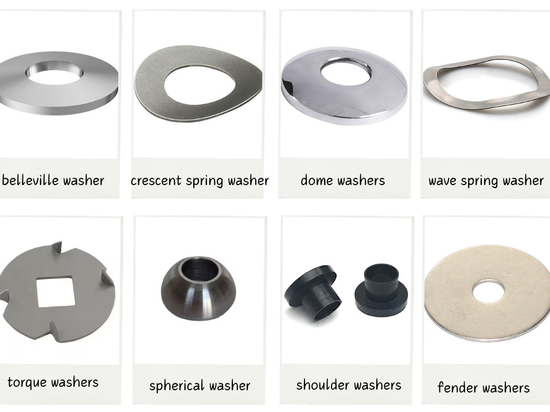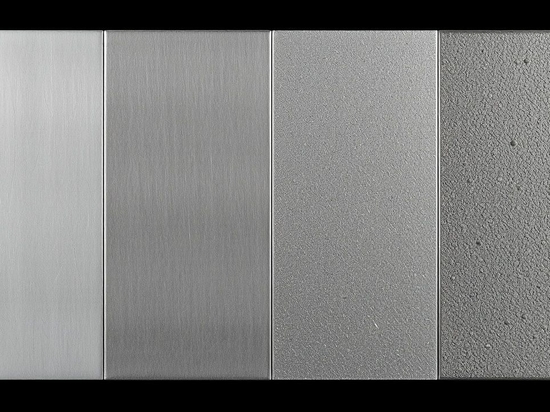
#Industry News
Types of bolts
13 types of Bolts
1. Carriage Bolts
Its smooth, large-diameter head distributes pressure and prevents pull-through of softer materials, while its square neck prevents the bolt from turning when the nut is tightened, making it easier to install and secure building materials.
2. Flange Bolt
Flange bolts are commonly used in pipes, containers and mechanical equipment. Bolts usually have a hex head on one end to allow them to be turned with a wrench or wrench. The other end is threaded to mate with the nut.
3. Square-Head Bolt
The head of a lag bolt is square in shape. It is easier to use a wrench or other tool for turning and tightening when installing. Lagoon bolts are typically used where frequent disassembly and installation are required.
4. Hexagon Bolt
The head of the hexagonal head bolt is designed to be hexagonal, which can provide greater rotational torque and is not easy to slip or be damaged. In addition, hexagonal head bolts can also provide a larger contact area, thereby dispersing the tightening force and reducing damage to the connected parts.
5. Hexagon Socket Bolt
Hexagon socket head bolts are designed with a hexagonal groove in the head and are typically used in applications requiring high torque transmission. Compared with standard bolts, hexagon socket head bolts have a larger contact area, so they can withstand greater torque and are less likely to damage the head.
6. Double-End Bolts
Double-end Bolts are specially designed bolts that have threads on both ends. This design allows it to be installed from both directions and does not require the use of nuts when installing. Typically, studs are passed through the two parts that need to be joined, and then each end is tightened to achieve the connection.
7. Eye Bolts
An eyebolt is a specially designed bolt typically used for hanging or hoisting heavy objects. Their head is a ring-shaped structure, usually showing a closed ring or a U-shaped ring, which can be used to connect lifting equipment such as hooks, ropes or chains.
8. Dynabolt
Dynabolt is a general-purpose medium-sized sleeve anchor, especially suitable for fixing to materials such as masonry and concrete. Features a split expansion sleeve on the threaded stud bolt body, along with integral expander, nut and washer.
9. High Strength Bolts
High-strength bolts are specially designed bolts whose materials and manufacturing process give them higher strength and durability than ordinary bolts. This type of bolt is typically used in applications that need to withstand high tension, shear, or torque.
10. Lag Bolt
A drill point bolt is a special type of bolt used to secure buildings or equipment in concrete. The head is designed with a sharp end, which makes it easier to position the bolt when installing it into concrete. These bolts have a threaded shank that they rotate in a drilled hole and secure.
11. Blind Bolts
Blind bolts are a type of fastener used in blind hole applications where material on only one side is accessible. They are designed to provide a strong, reliable connection where access to the back of the connecting joint is limited or inaccessible.
12. J-Bolts
J Bolt is a J-shaped bolt whose head presents a J-shaped curve and is commonly used for fixed connections in concrete structures. J-bolts are usually made by pre-drilling holes, inserting them into the concrete, and then using nuts or other connectors to hold them in place.
13. U-Bolts
U-shaped bent bolts with threaded holes at both ends are called U-shaped bolts.
Above are some common bolt types. Choosing the correct bolt type is critical to ensuring the safety and performance of your assembly. If you want to know more information, please click on the link below.




